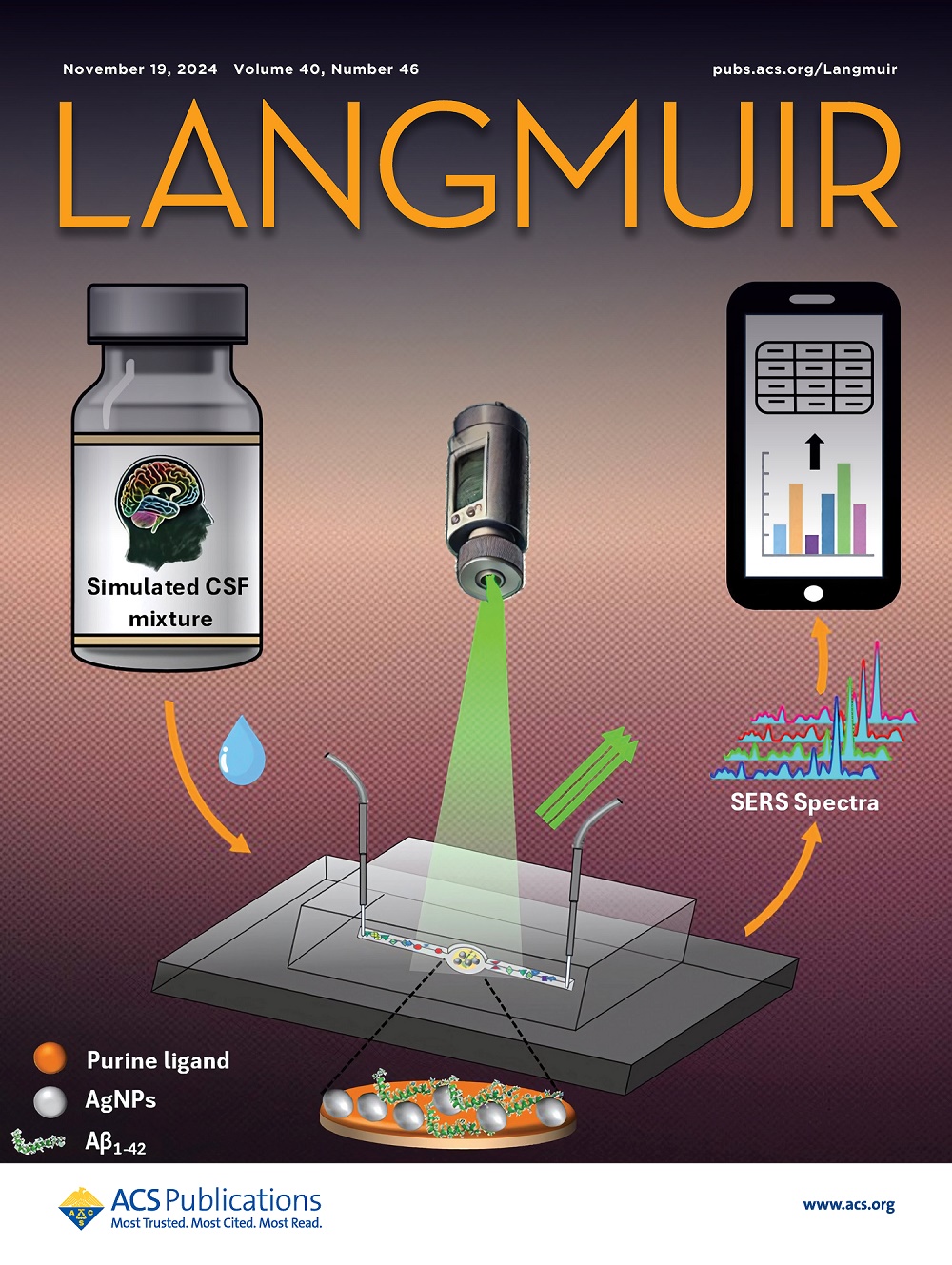Achieving CNTs Growth by Inducing Nanoparticle Nucleation via Non-Active Fe2O3 Clusters Anchored on the α-Al2O3 Surface
IF 3.7
2区 化学
Q2 CHEMISTRY, MULTIDISCIPLINARY
引用次数: 0
Abstract
This research presents a regulation strategy of constructing a heterogeneous bilayer catalyst of Fe and Al2O3, namely, Fe–Al2O3, through interfacial interaction and particle nucleation, in order to modulate the size and catalytic activity of Fe sites and achieve the growth of carbon nanotubes (CNTs). Through temperature control, the noncatalytically active Fe2O3 clusters on the surface of Al2O3 are exposed, inducing multiple nucleation of Fe clusters on its surface. Under the synergistic effect of the confinement at the Fe–Al2O3 interface, the fabrication of small Fe nanoparticles is accomplished. The results indicate that the catalytically active Fe nanoparticles have a diameter of approximately 10 nm, and the grown CNTs have a diameter of approximately 15 nm. Based on the systematic characterization results, the nonactive Fe2O3 clusters confined by strong interfacial interaction induce multiple nucleation of Fe on their surface during multiple loading processes, facilitating the formation of nanoparticles. Additionally, the strong interaction between Al2O3 and Fe induces the formation of FeAl4O8, thereby enhancing the thermal stability of the nanoparticles. In conclusion, the targeted regulation of the interfacial interaction of the catalyst active sites offers guidance for the low-cost and large-scale preparation of small nanoparticle catalyst particles.

通过锚定在α-Al2O3表面的非活性Fe2O3团簇诱导纳米颗粒成核来实现碳纳米管的生长
本研究提出了一种通过界面相互作用和颗粒成核构建Fe - Al2O3双相催化剂Fe - Al2O3的调控策略,以调节Fe位点的大小和催化活性,实现碳纳米管(CNTs)的生长。通过温度控制,暴露出Al2O3表面非催化活性的Fe2O3团簇,诱导其表面形成多个Fe团簇成核。在Fe - al2o3界面约束的协同作用下,实现了小颗粒Fe纳米颗粒的制备。结果表明,具有催化活性的Fe纳米颗粒直径约为10 nm,生长的CNTs直径约为15 nm。系统表征结果表明,受强界面相互作用约束的非活性Fe2O3团簇在多次加载过程中在其表面诱导了铁的多次成核,促进了纳米颗粒的形成。此外,Al2O3与Fe之间的强相互作用诱导了FeAl4O8的形成,从而增强了纳米颗粒的热稳定性。综上所述,靶向调控催化剂活性位点的界面相互作用,为低成本、大规模制备小纳米颗粒催化剂颗粒提供了指导。
本文章由计算机程序翻译,如有差异,请以英文原文为准。
求助全文
约1分钟内获得全文
求助全文
来源期刊

Langmuir
化学-材料科学:综合
CiteScore
6.50
自引率
10.30%
发文量
1464
审稿时长
2.1 months
期刊介绍:
Langmuir is an interdisciplinary journal publishing articles in the following subject categories:
Colloids: surfactants and self-assembly, dispersions, emulsions, foams
Interfaces: adsorption, reactions, films, forces
Biological Interfaces: biocolloids, biomolecular and biomimetic materials
Materials: nano- and mesostructured materials, polymers, gels, liquid crystals
Electrochemistry: interfacial charge transfer, charge transport, electrocatalysis, electrokinetic phenomena, bioelectrochemistry
Devices and Applications: sensors, fluidics, patterning, catalysis, photonic crystals
However, when high-impact, original work is submitted that does not fit within the above categories, decisions to accept or decline such papers will be based on one criteria: What Would Irving Do?
Langmuir ranks #2 in citations out of 136 journals in the category of Physical Chemistry with 113,157 total citations. The journal received an Impact Factor of 4.384*.
This journal is also indexed in the categories of Materials Science (ranked #1) and Multidisciplinary Chemistry (ranked #5).
 求助内容:
求助内容: 应助结果提醒方式:
应助结果提醒方式:


